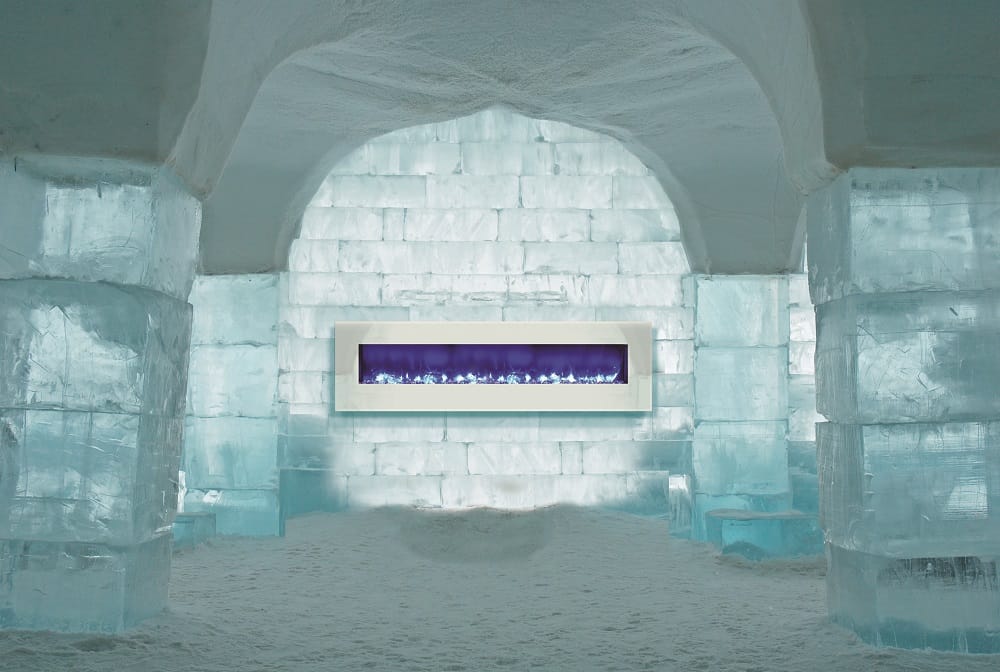On April 1, 2014, Ontarions thought the local gas utilities had played a cruel April Fool’s joke on them. Enbridge had been granted permission to raise their prices by 40%, while Union Gas had asked for a 28% increase. The reasons had to do with our seemingly endless winter, increased demand for home heating fuel, and insufficient storage capacity. How did that increase affect your heating bills this past winter?
One year later, you may have been feeling the pain of higher home heating prices, especially with the record cold Winter we’ve just experienced. With that in mind, we thought it would be a good time to review the benefits of electric fireplaces over gas models:
- Efficiency – Almost all electric fireplaces come with a built-in heater, but use of the heater is always optional. You may operate an electric fireplace with or without heat. When the heater is on, all the heat stays in the room – there’s no vent so no heat escapes up the chimney or out the vent. With gas fireplaces, if the flame is on, the heat is on, and 20% to 30% of the heat is lost through venting.
- Cost-effectiveness – Electric fireplaces cost from $.003 per hour to $.03 per hour to operate without heat, because there are only lightbulbs creating the ‘flame’. With heaters on maximum settings, electric fireplaces max out at $.19 per hour. Over the course of a year, this adds up to $50 to $80, compared to $250 for gas fireplaces (before the 28% to 40% increase).
- Year-round usage – Because the heat is separate from the flame on electric fireplaces, they can be used 365 days of the year. Imagine having a fire on a rainy summer day or when entertaining friends on a summer evening, when you want ambiance without heat. Anyone with a gas fireplace can tell you that their fireplaces quickly heat up the room they are in, and beyond, so they can only be used during the coldest months.
- Zone heating – Electric fireplaces offer enough heat – up to 5000 BTU’s – to warm up a 400 square foot area, which is appropriate for most living spaces. This means that they are perfect for taking the chill off cooler parts of the home, so you can keep the furnace set to a temperature that works for the rest of the home. With gas fireplaces, the heat output is 25000 BTU’s or more, too much for most rooms in our homes, and so much that they often trick the furnace into shutting down even though other rooms are cold.
- Ease of installation – Electric fireplaces require no venting so they may be installed anywhere that electricity is available. They are inherently zero-clearance, because there is no combustion, so the design options are almost endless. Compare this to gas fireplaces, where combustion requires a vent or chimney, as well as fire-proof materials and minimum clearances to other materials, thus limiting the installation options.
- Safety – Because the ‘flame’ effect is created by light, and there is nothing burning inside the fireplace, the glass on electric fireplaces does not get hot. This means that stray fingers will not be burned by the glass on electric fireplaces. On gas units, the glass is superheated and will instantly burn anything with which it comes into contact. Gas fireplaces are also a potential source of carbon monoxide, and must be regularly checked and maintained to ensure that the deadly fumes aren’t venting into the home. Since there is no combustion inside electric fireplaces, there is no risk of carbon monoxide poisoning.
